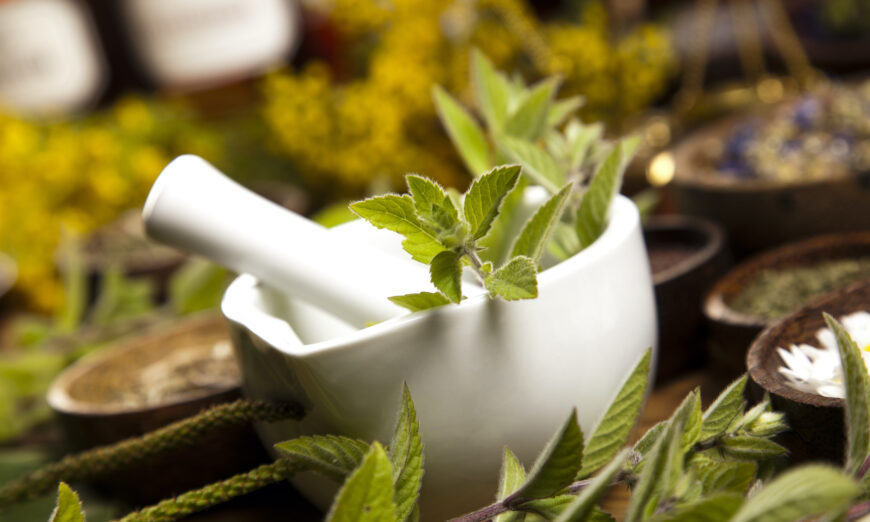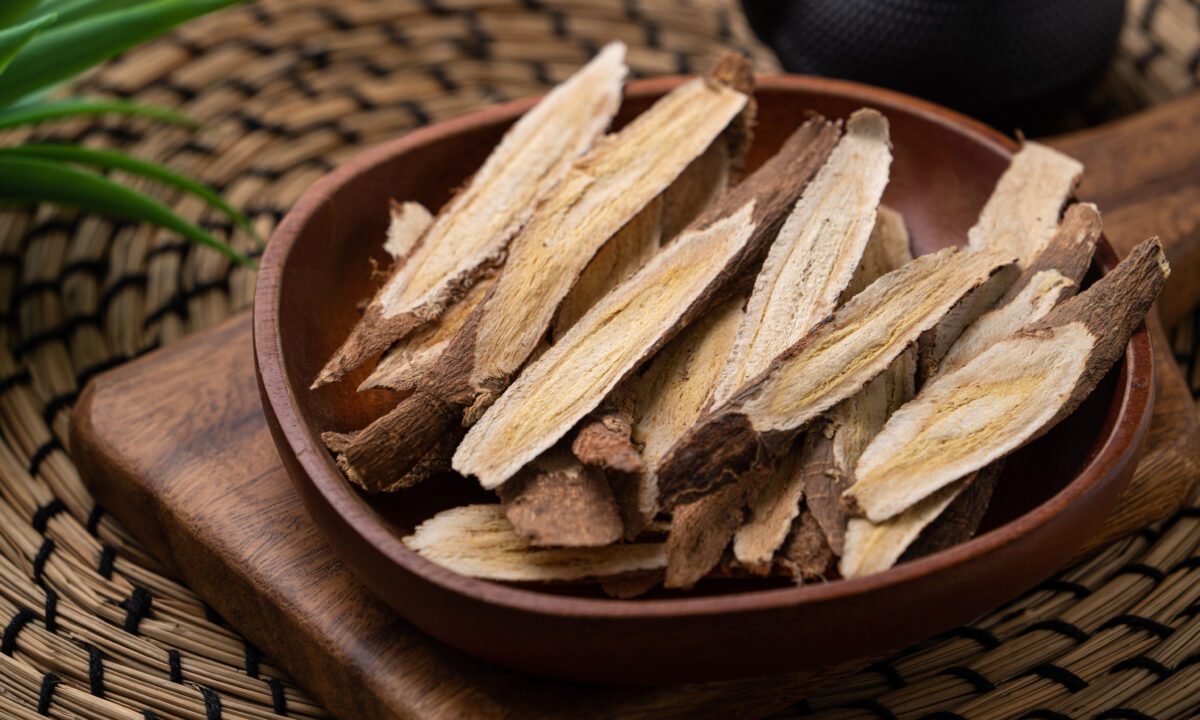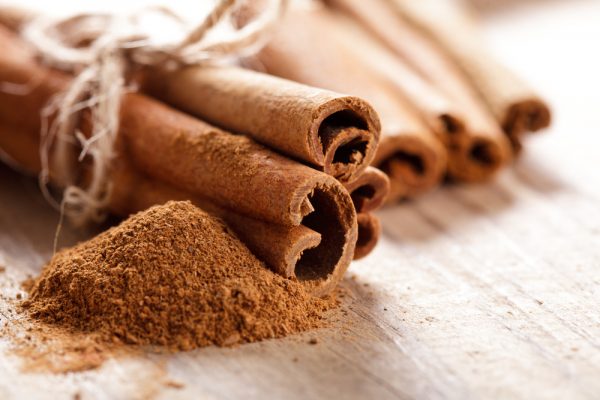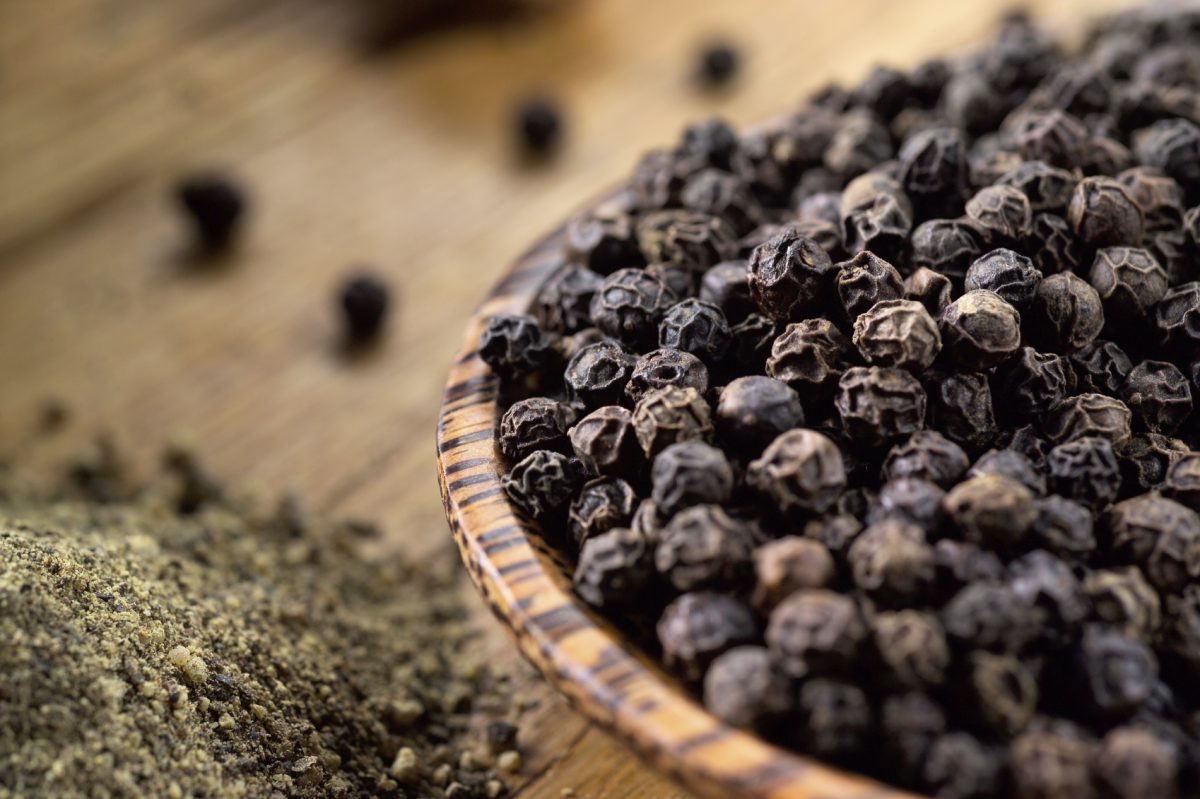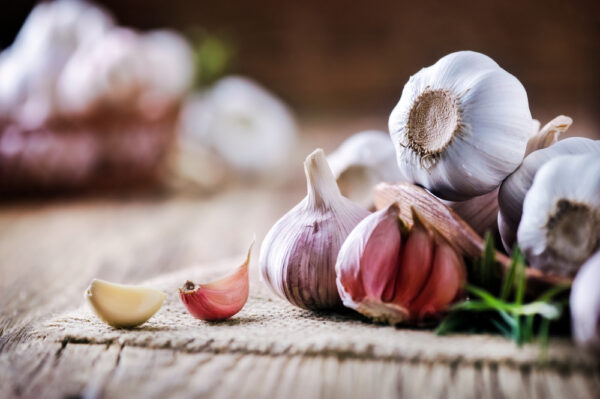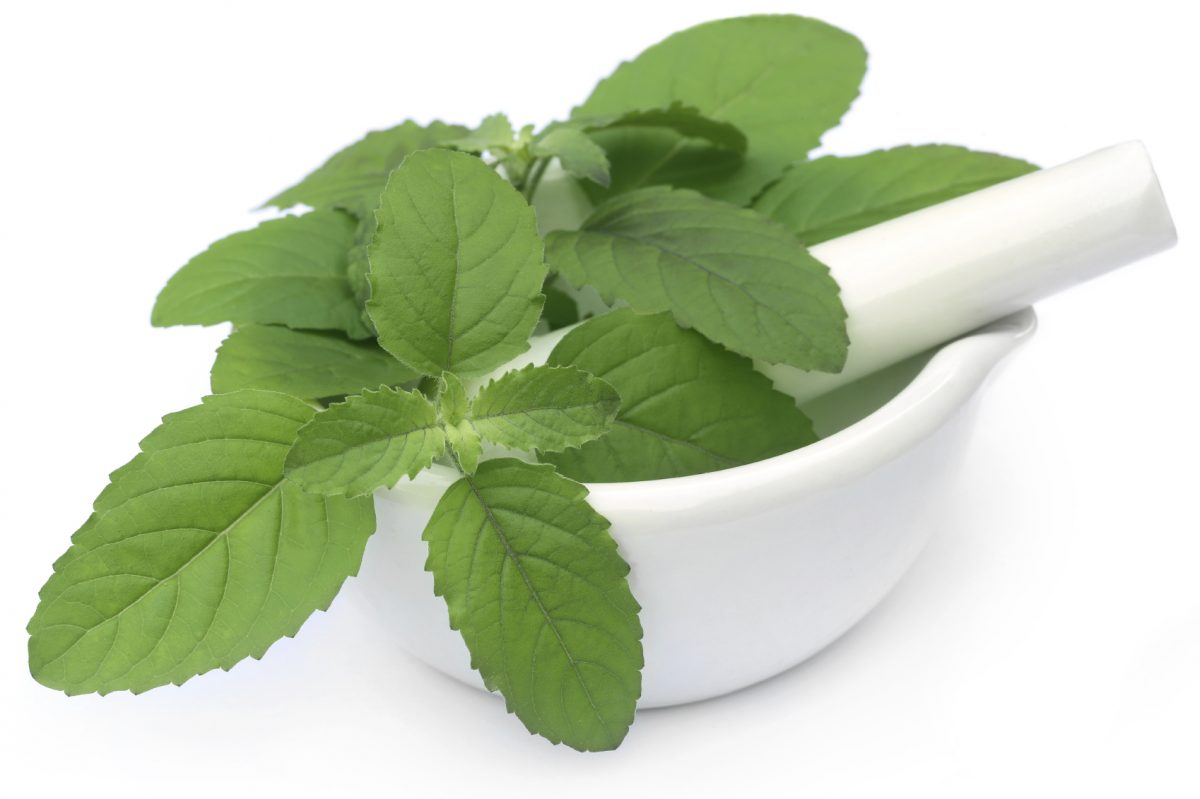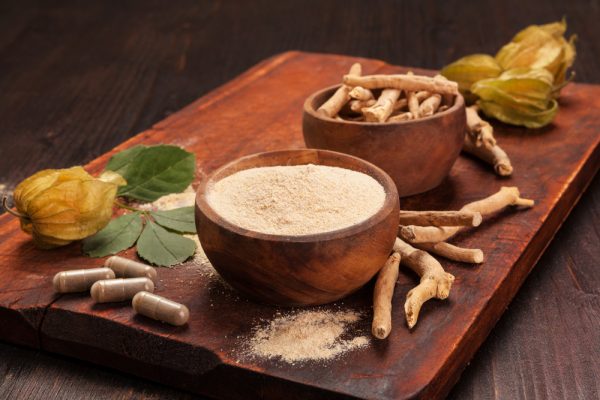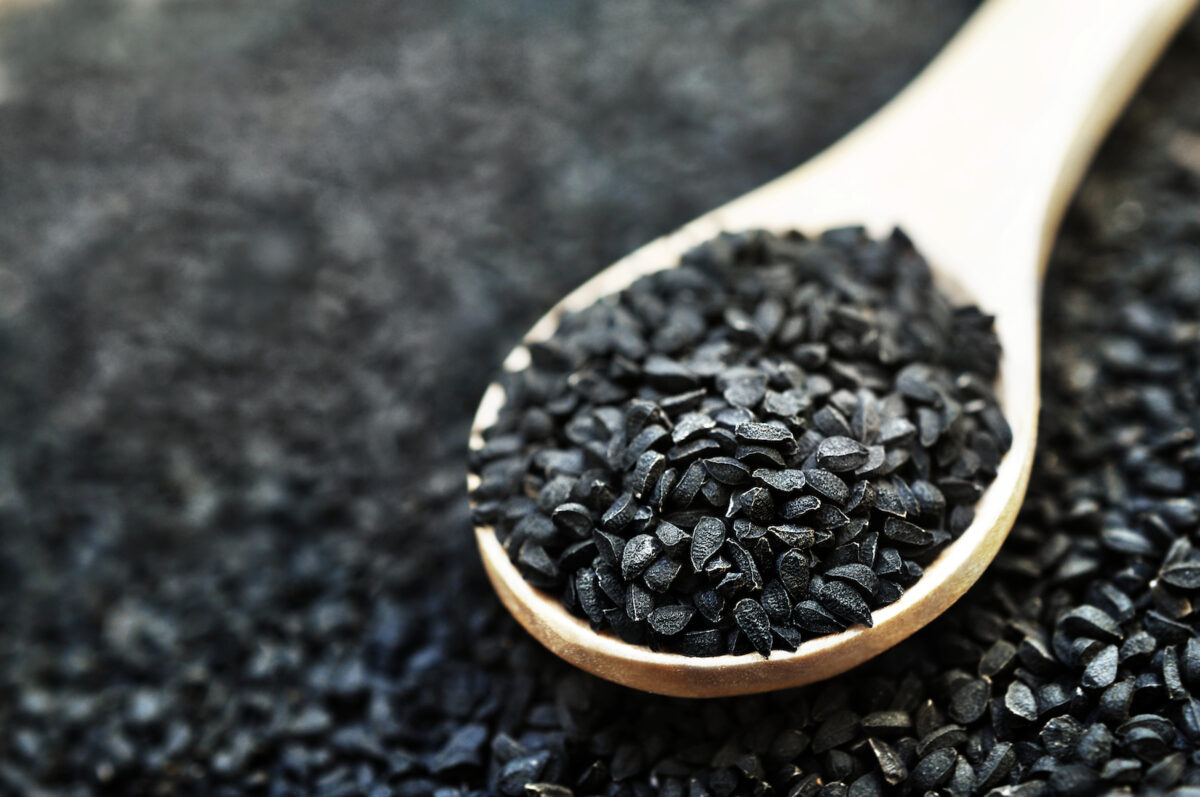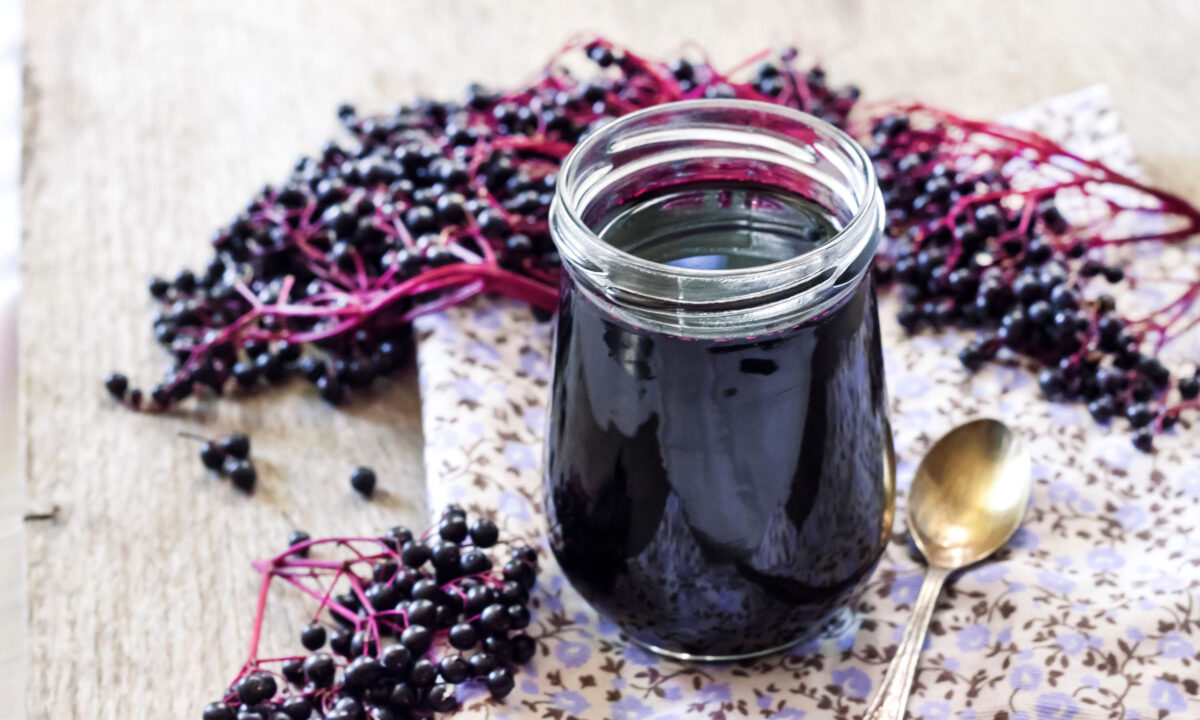
- Wim Hof, a Dutch extreme athlete who has run a half-marathon in the Arctic Circle wearing only shorts, touts his Wim Hof Method (WHM) of cold exposure and controlled breathing as a benefit to physical and mental health.
- Hof has subjected himself and his method to scientific study numerous times, but a systematic review of those studies had not been done until now.
- A new review of multiple studies suggests that the WHM may have substantial benefits for reducing inflammation but also recommends higher-quality trials to determine a larger wellness benefit.
The Wim Hof Method (WHM), an unconventional approach to overall mental and physical health that involves exposure to extreme cold and a rigorous breathing rubric, has gained popularity and attention in recent years largely due to the “microcelebrity” status of its namesake founder.
Hof himself, a 64-year-old Dutch athlete, has run a half-marathon in the Arctic Circle wearing only shorts, swum nearly 200 feet under ice (a Guiness World Record), and climbed Mount Everest (nearly 25,000 feet of it) in only shorts and shoes.
The WHM focuses on what it refers to as three pillars:
- exposure to cold through daily cold showers or ice baths
- hyperventilation and deep, controlled breathing
- commitment to mastering these routines.
Hof, who is often referred to as “The Iceman,” has subjected himself and his methods to scientific testing as a way to support its beneficial claims for issues like chronic pain, fatigue, mood, and inflammation.
But until now there had been no comprehensive review of the various studies that have examined the WHM.
Does the Wim Hof method bring any health benefits?
While the WHM has attracted proponents of cold-water plunges and deep breathing techniques, a number of deaths have occurred when people have lost consciousness while attempting certain aspects of it.
Three people drowned in 2023 practicing the breath work, and in 2022 a $67 million lawsuit was filed against Hof for the drowning of a teenage girl who practiced the Wim Hof Method in her pool in Long Beach, CA. That suit is still in process.
A new review, published in PLOS OneTrusted Source, of the WHM that examined nine papers consisting of eight individual trials has suggested that the method shows “promising use” in reducing inflammation but could benefit from “more research of higher quality” to substantiate this idea.
“The findings suggest that the WHM may reduce inflammation in healthy and non-healthy participants as it increases epinephrine levels, causing an increase in interleukin-10 and a decrease in pro-inflammatory cytokines,” the authors write.
“The focus of future studies should further investigate the benefits of WHM in preventing or treating diseases, such as inflammatory disorders, in non-healthy participants and explore the use of [the Wim Hof breathing method] in enhancing exercise performance,“ they note in the paper.
Beware the impact of ‘microcelebrity’ culture on health practices
Dr. Omar Almahayni, one of the study’s authors at the Warwick Medical School at the University of Warwick, United Kingdom, told Medical News Today that given the attention the WHM has gotten thus far, it was important to look at the results of scientific examination.
While the review found potential benefits, he said, there is still more research that needs to be done.
“By delving into the mechanisms behind this method, scientists and practitioners are exploring its potential benefits, considering its growing popularity and claims of health benefits. Understanding how practices like cold exposure and controlled breathing can influence physiological responses and mental well-being can provide valuable insights into the potential for personal growth and healing,” Dr. Almahayani said.
He also noted that Hof’s status as a “microcelebrity” — defined in the review as “an individual that achieves status and social media presence by self-broadcasting about niche subjects to a small community of followers” — warranted such a review.
“The rise of social media and microcelebrity culture may indeed prompt the proliferation of ‘extreme’ health methods that lack scientific backing. Health experts should approach these methods with caution and subject them to rigorous scientific research through randomized controlled trials before endorsing or recommending them to the public. Wim Hof’s willingness to subject his method to scientific testing serves as a positive example of how such methods can be assessed for validity and reliability.”
– Dr. Omar Almahayni
Isabelle Hof, Wim’s daughter and the head of the Wim Hof Method Academy, who was not involved in the review, told MNT that growing interest in the WHM was a result of the benefits it can produce.
“When Wim started sharing his techniques, he and a few others were considered’ freaks of nature.’ People didn’t understand the WHM and its effects at all, but with more understanding, exposure, and more people doing the method, more people are becoming curious,” she said.
“As interest in WHM grows, we’re encouraged by the expanding community of individuals exploring its benefits. We aim to empower individuals to explore WHM confidently and responsibly, recognizing its potential to enhance well-being,” she emphasized.
‘No one-size-fits-all aproach’ to the Wim Hof method
Dr. Almahayani said any future research on the WHM needs to focus on specific parameters in order to support its wide-ranging claims for health.
Firstly, increasing the number of participants in trials is essential to ensure statistical significance and generalizability of results.
”Moreover, maintaining focus solely on the Wim Hof method while employing objective outcome measures will help elucidate its specific effects more clearly,” Dr. Alamahayani said.
“To address potential biases and enhance methodological rigor, future trials should adhere to pre-published protocols, incorporate larger sample sizes, account for loss to follow-up, and implement blinding of outcome assessors,“ he advised. “By adhering to these guidelines, future research can provide a more comprehensive understanding of the Wim Hof method’s efficacy and potential applications.”
Isabelle Hof maintained that that one weakness of the review stems from the fact that the Wim Hof Method team was not involved in the training protocols for a number of the trials. Additionally, given the unique needs of each person, she said, the WHM should not be treated as a blanket technique.
“Like any other physical and mental training, there is no one-size-fits-all approach. Different protocols are needed depending on the individual or target group and their desired outcome. Every individual’s physiology has unique conditioning and, as such, requires a tailored training approach to optimize physical and psychological well-being.”
– Isabelle Hof
“A bodybuilder cannot build larger muscles with 10 kilos of weight, whereas someone who never exercises can. This is why different groups of people require different training protocols. The desired outcome is also crucial in determining the appropriate training protocol,” she cautioned.
